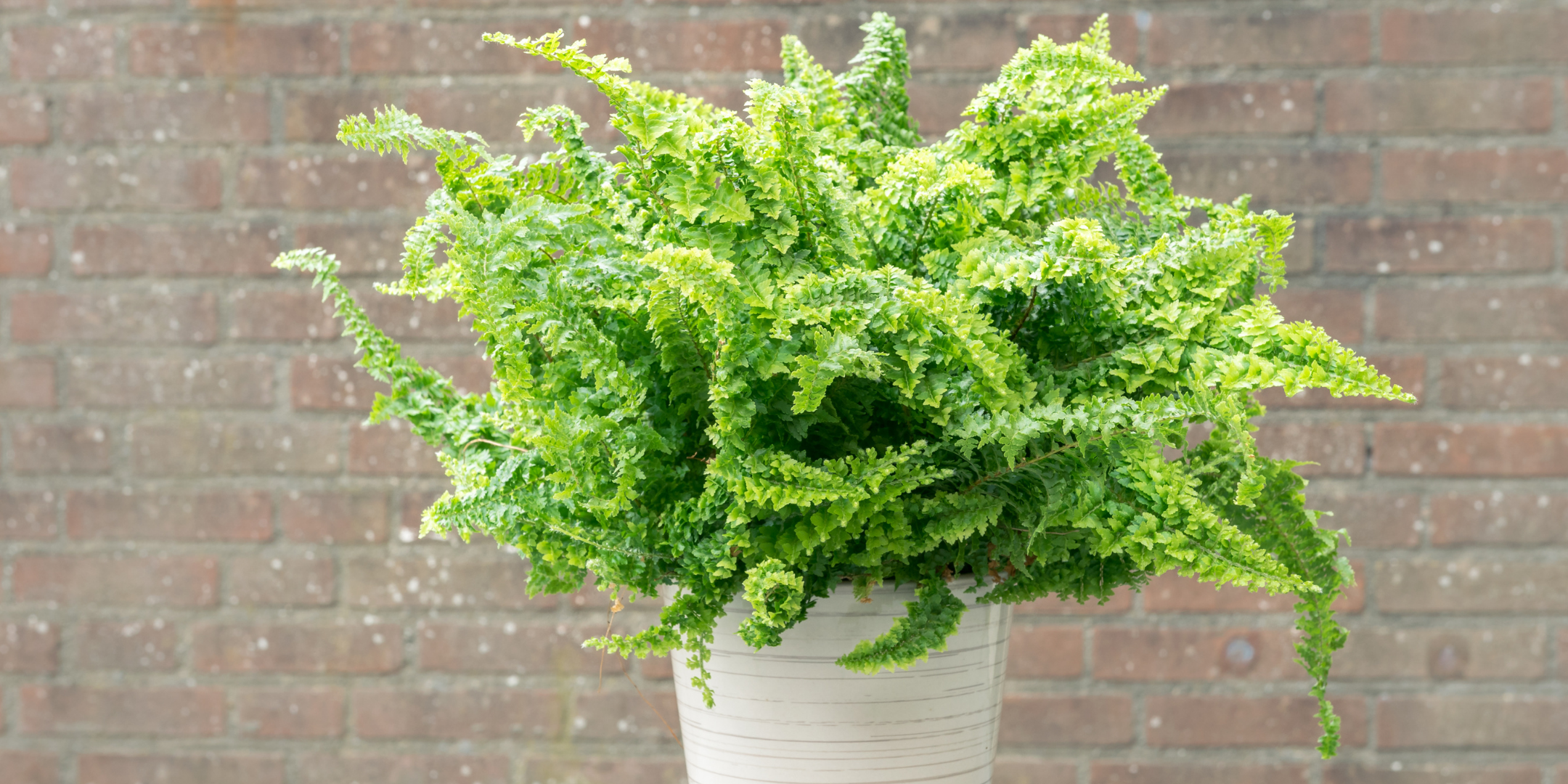Creating a Personal Green Space: Making Indoor Plants Thrive for Improved Wellness
In our fast-paced, modern lives, finding moments of tranquility and connection with nature can be a challenge. One solution that's gaining popularity is bringing the outdoors inside by cultivating a personal green space with indoor plants. Not only do they add a touch of nature to your living space, but they also contribute to improved wellness and air quality. In this blog post, we'll explore the benefits of having indoor plants and provide a guide on creating a thriving green haven. Additionally, we'll highlight some of the easiest indoor plants for beginners to kickstart their journey into plant parenthood.
The Wellness Benefits of Indoor Plants:
Improved Air Quality: Indoor plants are natural air purifiers, absorbing toxins and releasing oxygen. Common houseplants like Spider Plants and Peace Lilies are known for their air-purifying abilities, creating a healthier environment for you to breathe in.
Stress Reduction: Studies have shown that the presence of indoor plants can reduce stress and anxiety levels. The act of caring for plants and the visual appeal of greenery contribute to a calming atmosphere, making your home a more relaxed and enjoyable space.
Increased Productivity: Indoor plants can enhance concentration and productivity. Having a green companion on your desk or in your workspace has been linked to improved focus and efficiency, making it a great addition for home offices.
Enhanced Mood: The vibrant colors and textures of indoor plants can lift your spirits and improve your overall mood. Creating a personal oasis with your favorite plants can be a simple yet effective way to combat the daily stresses of life.
Creating a Thriving Indoor Garden:
Understand Your Space: Before selecting plants, assess your living space. Consider factors like natural light, temperature, and humidity. Different plants have varying requirements, so understanding your environment is crucial for their well-being.
Choose the Right Plants: Opt for plants that suit your lifestyle and skill level. Some plants are more forgiving and resilient, making them perfect for beginners. We'll delve into a list of these easy-to-care-for plants shortly.
Provide Adequate Light: Most indoor plants thrive in bright, indirect light. Place your plants near windows, but be cautious of direct sunlight, which can scorch some delicate foliage. If natural light is limited, consider supplementing with artificial light.
Establish a Watering Routine: Overwatering is a common mistake for beginners. Understand the specific watering needs of your plants and establish a routine. Ensure proper drainage for your pots to prevent waterlogged soil, which can lead to root rot.
Regular Maintenance: Keep an eye out for pests, yellowing leaves, or signs of stress. Prune when necessary, and periodically clean your plant's leaves to remove dust, allowing them to absorb more light.
Easiest Indoor Plants for Beginners:
Rubber Plant (Ficus elastica):
Water: Allow soil to dry between waterings.
Light: Thrive in bright, indirect light; tolerate lower light conditions.
Spider Plant (Chlorophytum comosum):
Water: Keep soil evenly moist.
Light: Indirect light, adaptable to various conditions.
Pothos (Epipremnum aureum):
Water: Allow soil to dry between waterings.
Light: Low to medium, adaptable.
*Caution: Ingestion may cause mild symptoms. Keep out of reach of pets.
Areca Palm (Dypsis lutescens):
Water: Keep soil consistently moist, allowing the top inch to dry out between waterings.
Light: Bright, indirect light.
Boston Fern (Nephrolepis exaltata):
Water: Keep the soil consistently moist. Requires high humidity.
Light: Indirect light.





